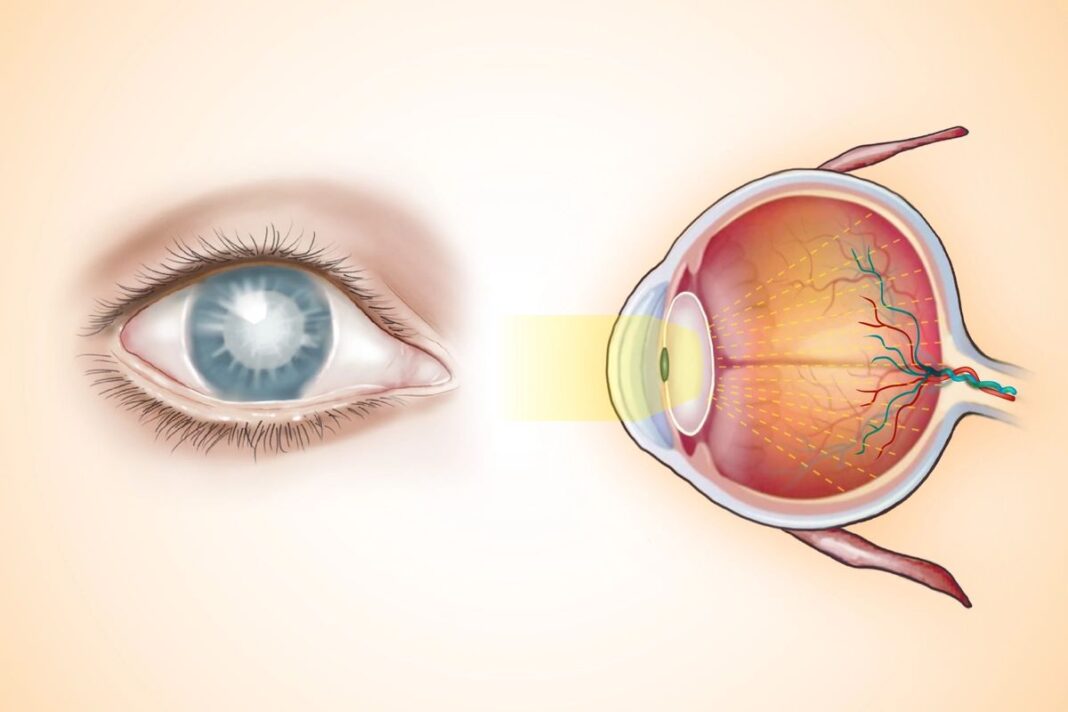Cataracts are a common eye condition among older adults, gradually clouding the lens.
More than 20 million Americans aged 40 and older are affected by cataracts in one or both eyes. By age 75, nearly half of all Americans will develop the condition.
Cataracts are a gradual clouding of the eye’s natural lens—like looking through a foggy window that slowly becomes more blurred over time. This cloudiness blocks light from reaching the back of the eye, which is why vision becomes less clear.
It is the most common cause of blindness worldwide.
Surgery is the primary treatment for cataracts, though certain lifestyle approaches may help slow symptom progression.
What Are the Symptoms and Early Signs of Cataracts?
Although cataracts can form in one eye or both, there is no spreading from one eye to the other.
Early Signs
Cataracts often develop slowly, so early symptoms may go unnoticed until they begin to interfere with daily activities. Look out for these initial changes in vision:
- Colors appearing less vibrant than they used to
- Halos or starbursts around lights
- Increased need for brighter lighting when reading or doing close-up tasks
- Difficulty distinguishing between dark blue and black
Common Symptoms
Mild cataracts may not cause noticeable symptoms at first, but as they progress, vision changes can appear.
Symptoms can vary by person, including:
- Blurry or hazy vision: Feels like a film over the eye that doesn’t clear with blinking
- Poor night vision: Difficulty seeing in low light
- Double vision: Seeing multiple or ghosted images
- Increased nearsightedness: Sudden shift toward needing glasses for distance
- Visible cloudiness in the eye: A white or gray area may appear, although many cataracts are too deep to be seen
- “Second sight”: Temporary improvement in near vision, often without reading glasses
- Reduced detail perception: Trouble distinguishing fine features
- Impaired central vision: Difficulty seeing clearly in the center of your visual field
- Bright light sensitivity: Sunlight, headlights, or lamps seem overly intense
By Mercura Wang








